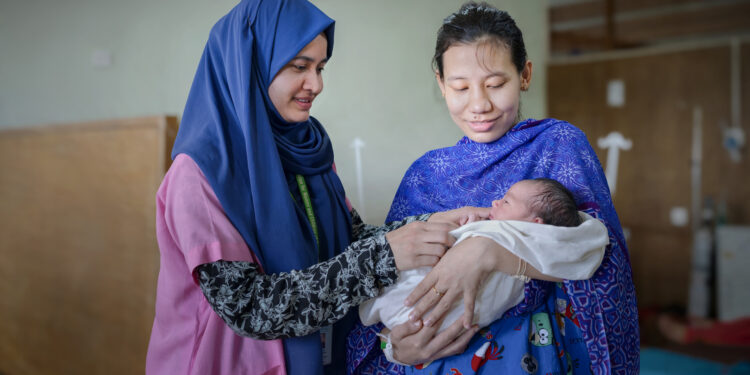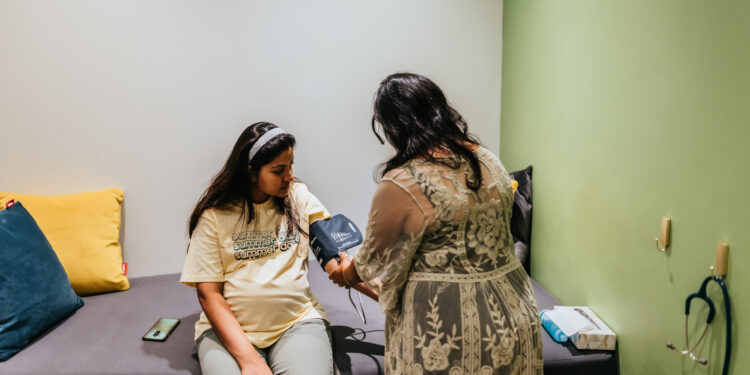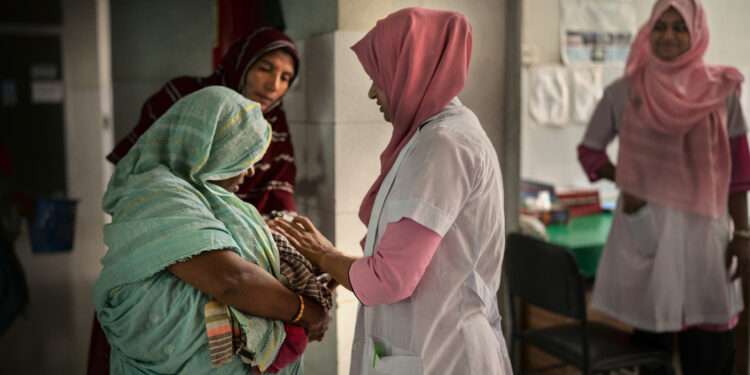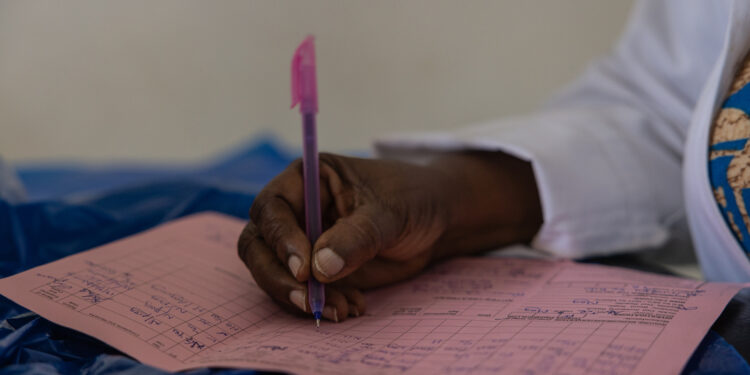Legislation to Regulate Midwifery Practice

Background
The purpose of regulation is to protect the public. It does this by ensuring that safe, competent midwives provide high quality care to women, gender diverse people and their newborns.
Midwifery regulation is the set of criteria and processes arising from legislation that identifies who is entitled to legally practise as a midwife and use the title midwife. The scope of practice is those activities which midwives are educated, competent and authorised to perform. The competencies for entry to practice as a midwife should reflect the scope of practice and midwives should demonstrate the competencies upon registration. Competencies should be based on ICM Essential Competencies for Midwifery Practice. Registration, sometimes called licensure, is the legal right to practise as a midwife and acts as the entry to the profession. It sets out the processes and mechanisms for licensing and relicensing (re-accreditation) to ensure continuing competence. Midwifery regulation also includes codes of conduct and ethics relating to midwives and midwifery practice as well as complaints and disciplinary processes.
National or federal legislation grants authority to regulatory authorities to carry out the functions of regulation:
- Setting the scope of practice of a midwife
- Setting standards for pre-registration midwifery education
- Registration
- Re-licensing and continuing competence
- Complaints and discipline
- Codes of conduct and ethics
In some countries, employers, or other regulatory authorities, for example the relevant ministry of health, regulate the profession of midwifery.
ICM’s Global Standards for Midwifery Regulation provide a benchmark for global standardisation of midwifery regulation. By establishing regulatory authorities in alignment with ICM Standards, countries can ensure the safety of women using midwifery services, by ensuring competent midwives are providing high standards of midwifery care.
Regardless of the type of mechanism used, it is important to ensure that the regulation processes are transparent, fair, robust, and evaluated periodically. Midwife leaders must be involved in setting the standards of the profession-specific sections of midwifery regulation. Users (i.e. women, adolescents) and practising midwives, including midwife leaders and chief midwives, should be involved in setting the standards and processes for midwifery regulation.
ICM believes that there should be appropriate national legislation for the regulation of midwives and midwifery practice in all countries. ICM also believes that professional midwives’ associations should work with governments to find ways to establish, support and monitor midwifery regulatory frameworks based on the ICM Global Standards for Midwifery Regulation (2024) to enhance the accountability of midwives and the midwifery profession to the public.
Position
Legislation which is enacted to regulate the practice of midwives should:
- Recognise that all women have a right to be attended by a competent midwife,
- Provide the mechanism for a regulatory body that is governed by midwives with the aim of protecting the public,
- Recognise the importance of distinct midwifery regulation and legislation, which supports and enhances the work of midwives in improving sexual, reproductive, maternal, newborn, adolescent, and public health,
- Provide for service user representation on the regulatory body,
- Through legislation or policy, adopt a ‘Definition and Scope of Practice of a Midwife’ congruent with the ICM definition, appropriate to the country,
- Enable midwives to practise autonomously within the midwifery scope of practice in any setting,
- Set the Standards of Midwifery Education based on the ICM Global Standards for Midwifery Education (2019),
- Provide for entry to the profession that is based on competencies and standards, and which makes no distinction between routes of entry,
- Require regular license renewal and confirmation of continued competence,
- Enable midwives to have access to ongoing education,
- Support midwives to use life-saving knowledge and skills in a variety of settings in countries (institutional, community and home settings) including where there is no ready access to medical support or emergency obstetrical care,
- Provide for regular review of legislation that regulates midwifery to ensure it remains appropriate and in alignment with current evidence and best practice,
- Provide for transitional education programmes when new legislation is adopted that requires increased levels of competency for midwives.
Recommendations
Member associations are urged to use this statement to achieve legislation which will be appropriate for the practice of midwifery in their countries. Together with the ICM Global Standards for Midwifery Regulation (2024), it provides a benchmark for global standardisation of midwifery regulation, a basis for the review and revision of existing regulatory frameworks, as well as guidance and direction to those countries seeking to establish midwifery regulation where none currently exists.
Reviewed and accepted at Virtual Council meeting, 2024
Due for next review 2027







